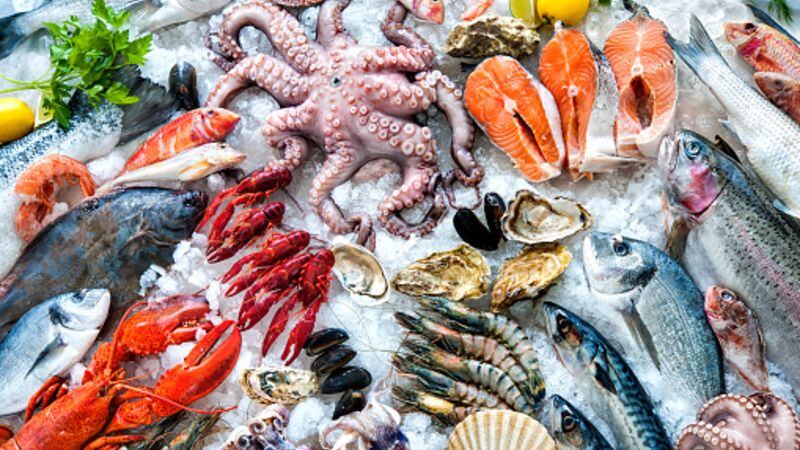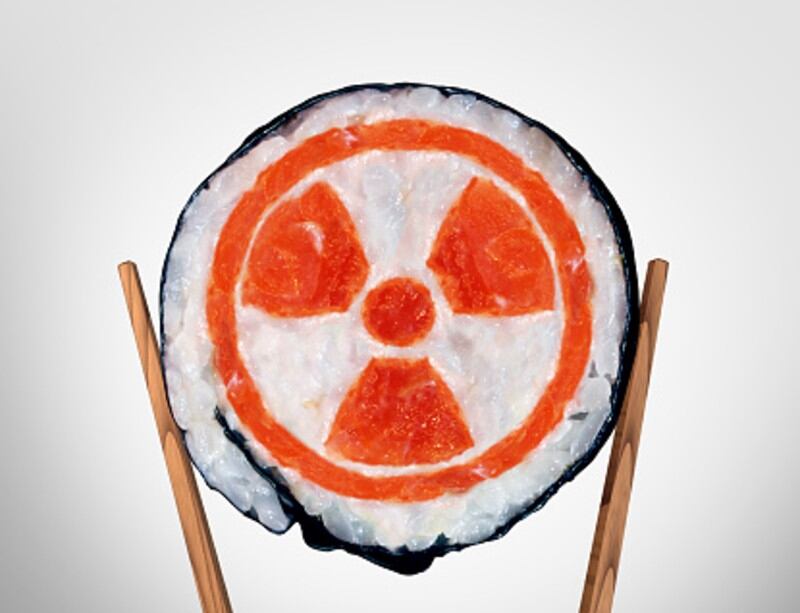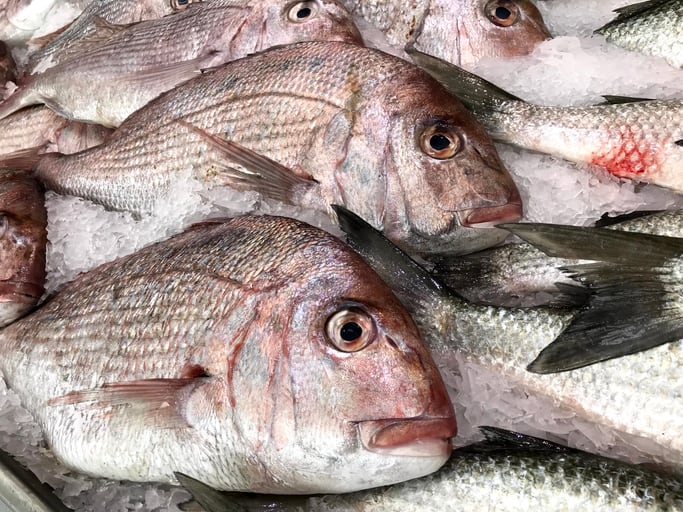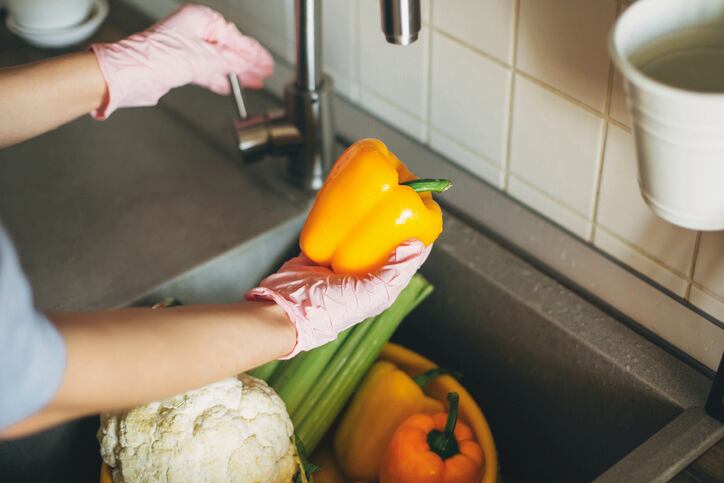According to FAO Director-General Qu Dongyu, fisheries and aquaculture have become even more crucial to global food security after the COVID-19 pandemic and is key to helping the world economy recover.
“We know that land alone will not feed us with abundant quantity and food diversity - we need Blue Transformation to secure Blue Food production," said Qu when addressing 34th session of the FAO Committee on Fisheries earlier this month.
"Combining fisheries with tourism and educational activities is a way of keeping the cultural heritage alive and creating new values and new job opportunities."
The importance of the role fish (defined from here on as including all seafood such as finned fish, shellfish, octopus, squid, etc.)is paramount because it remains the single highest value internationally traded food commodity in the world.
“Within the global food basket, fish is already a very important source of global nutrition – it may not seem to equate in terms of volume but this is often misleading as there are many strong differences in the amounts consumed by different regions,” UN FAO Senior Fishery Officer and Asia-Pacific Fishery Commission (APFIC) Secretary Simon Funge-Smith told FoodNavigator-Asia.
“In Asia especially, a significant proportion of the diets of the population comes from fish, a disproportionately large proportion compared to any other region like Europe, the Americas or Africa. Fish is seen as a prestige food here and the cultural aspect is very important
“This is especially so in countries such as Laos, Cambodia, Myanmar and various Pacific Islands where fish is actually the number one source of animal protein, and even in places where it is balanced with chicken and pork consumption like China, Indonesia, Philippines and Thailand, the amount eaten is substantial. Even India has a number of states like West Bengal and Kerala where fish consumption is really high.”
Funge-Smith highlighted that the FAO is sparing no effort in helping fisheries in the region to improve production because Asia is the world’s biggest producer of farmed fish, giving the world some 80% of aquacultured fish available globally especially due to major producers like China, India, Thailand, Malaysia and so on – but at the same time is also trying to strike a balance when it comes to sustainability, so as to prevent repeating the issues seen with land agriculture.
“Aquaculture is basically moving in the same direction that pork and chicken moved as they became major land agriculture food sectors, and we are aware that with this comes its own potential health and biosecurity issues,” he said.
“When animals are held and not moving around too much, any discharged waste has to essentially be absorbed by the environment which in low levels could actually drive productivity and be benign – but similar to problems faced by intensive livestock farming, thousands of animals with large amounts of waste generated would cause issues.”
The same is seen here with fish, where the basic idea is that too many fish in one place would produce too much concentrated nutrients from waste, overloading the ability of the environment to absorb this - so thousands of aquaculture farms in the same bay area would be a problem.
“It’s thus important to understand the carrying capacity of the farm and absorption capacity of the surrounding area, and analyse what methods can be employed to improve production yet maintain environmental health – things like recirculation, aerating water, settling sediment and so on are really important and there are many ways to evolve and innovate,” said Funge-Smith.
“It is one of the roles we play is to try to help with fish farmers’ upgrade of skills, technology and investment, as these three factors are the key interlocking ones – farmers need the investment to buy the required technologies, and also to upgrade their skills to use these technologies and also basically just learn how to manage things better and be more proactive and innovative in their farming.”
Food security and keeping prices low
Ensuring the sustainability of fisheries is also crucial to keeping them going so as to provide enough fish supply both regionally and globally, which Funge-Smith stressed is the main goal.
“It is an economic reality that we need to produce fish at prices that people can afford, and to do this the number one thing is to ensure that there is enough supply,” he said.
“Fish is an extremely good, high quality, digestible source of animal protein – all Asians know this – and high-fish diets are linked to health benefits, so there are health concerns here. Some Pacific Islands have fish as the number one source of protein, but if this gets to be too expensive and poor quality processed meats like corned beef comes along as a cheaper alternative, they’re going to make that switch, which is concerning.
“This is why continued and improved production is so important, as if supply is not enough, prices will drift upwards, and the first to feel the impacts of this are likely to be the poorest.”
As it is, despite Asia being the top fish producer worldwide, 2020 FAO numbers already show that Asia is currently just barely a net importer of fish by 1% - intraregional fish trade stands at 49%, and fish imported from various other regions is 51%.
“There are of course other factors at play like China importing Europe fish to process locally then selling back to them as processing is cheaper here, but overall we see Asia already importing about half the fish it needs which means we’re not producing enough and already need imports to keep moving,” said Funge-Smith.
Trends moving forward
When asked whether it was likely that fish might ever trump other animal meats to become the number one protein source worldwide, Funge-Smith said this would depend on the locality being discussed.
“I don’t see that happening, but it’s also not impossible – the EAT-Lancet study last year showed that we’re all certainly moving towards less animal protein consumption and a more vegetable and animal balanced diet depending on what is the most produced in the region,” he said.
“So in Asia, it’s apparent that fish production here is really effective, so fish could likely become a major protein player here. I believe that beef consumption will decline in Asia as there’s simply not enough room, but there will be some sort of balance between fish, chicken and pork.
“The key question for fish – again pertaining to cost - is whether it will be able to be cheap enough for people to eat as a staple, main part of their meals on a regular basis? Or just as a luxurious treat? The former is of course, what we are aiming to achieve.”





